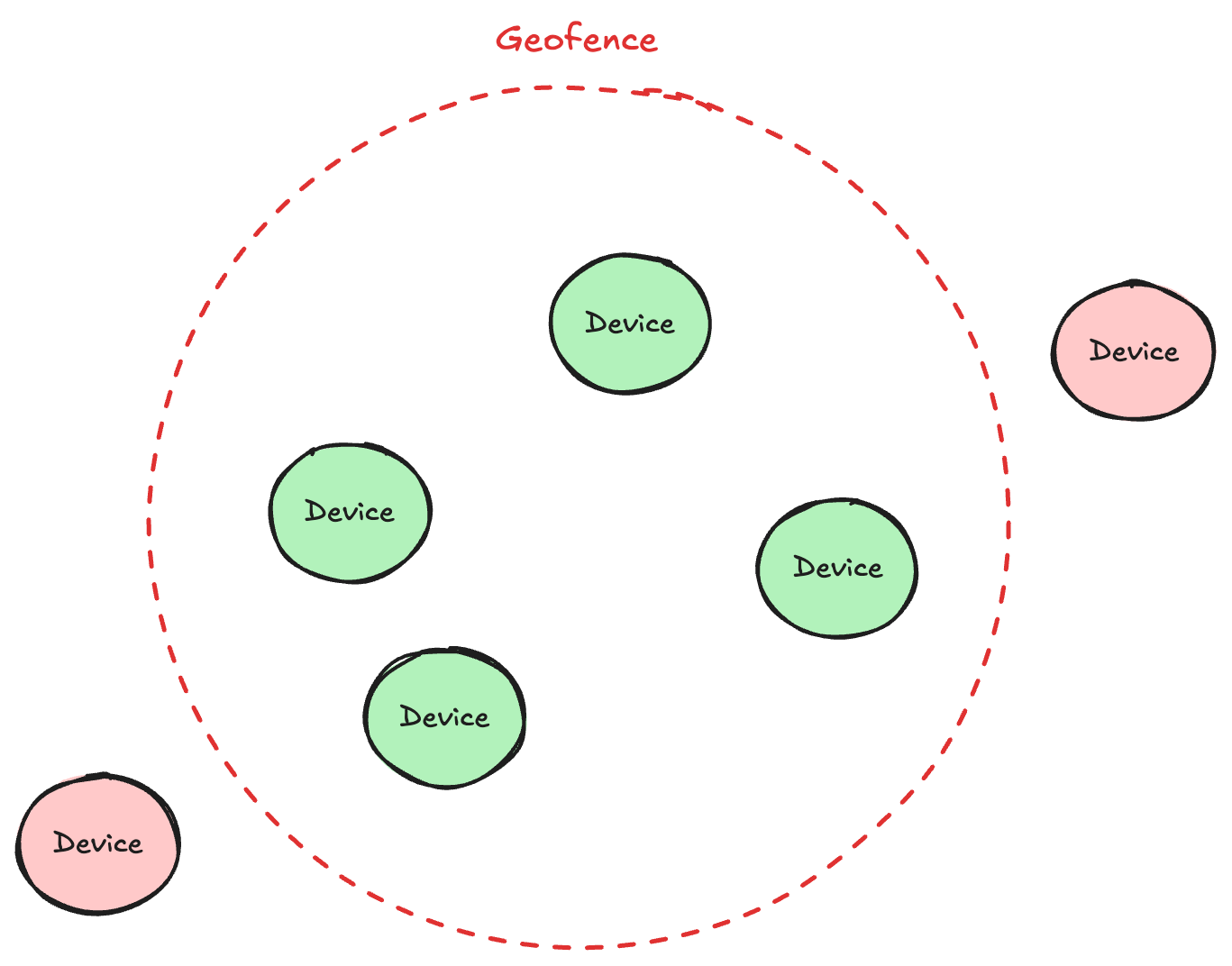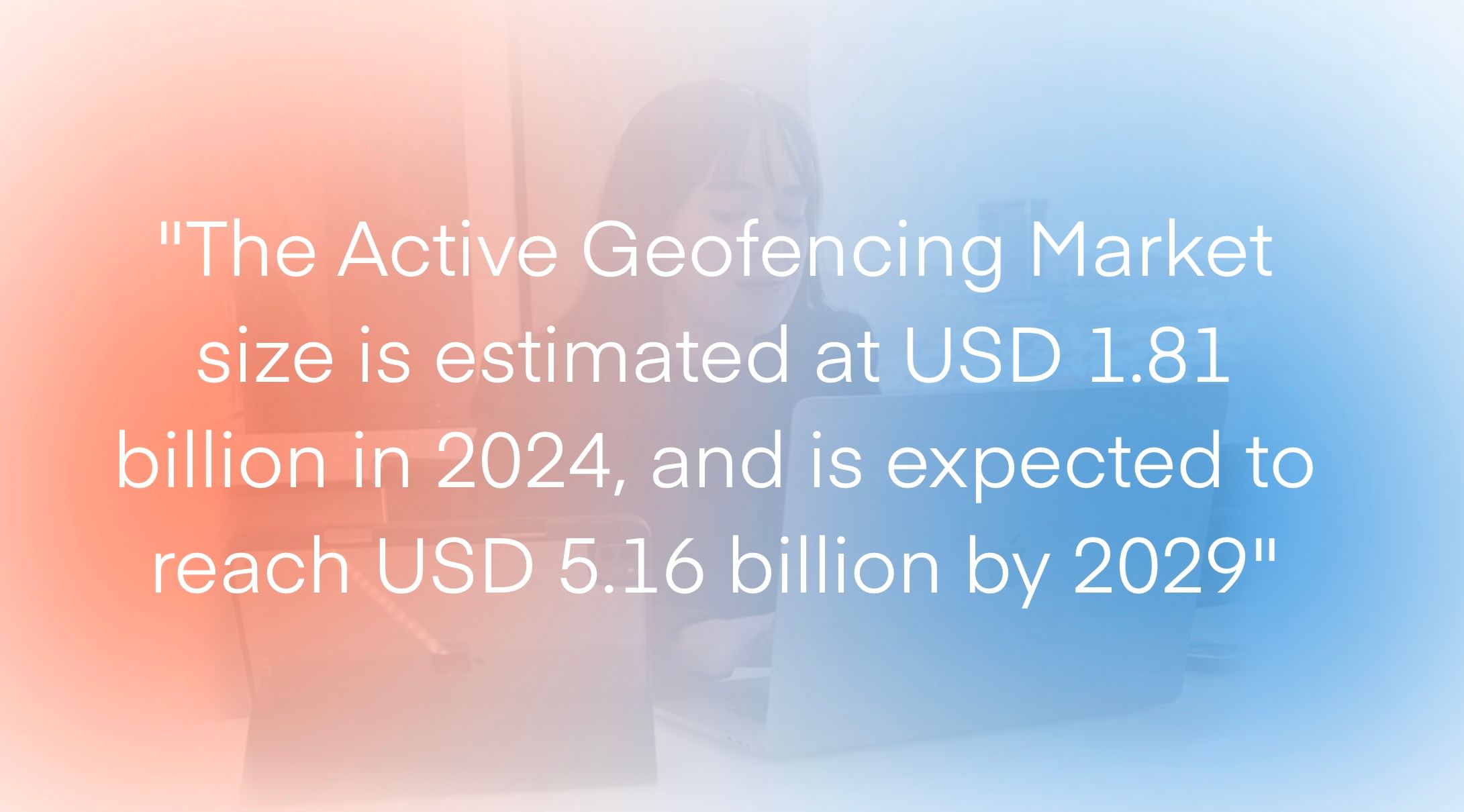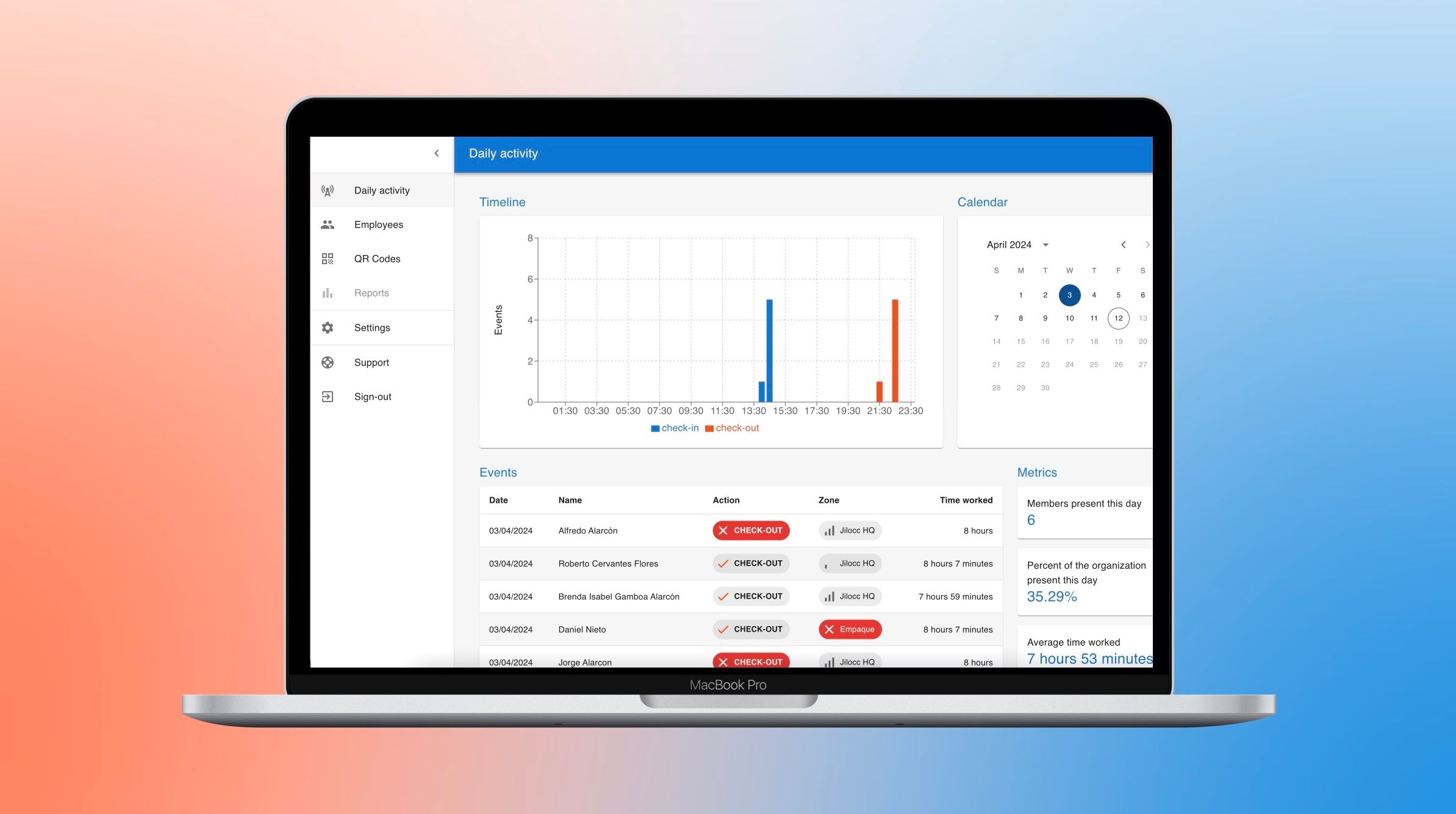You might not be familiar with the term, but its use is more common than you think. It can promote services, manage employee time tracking, track vehicles, advertise, and more.
Geofencing is a technology that operates through GPS based on your current location. Essentially, it's an invisible virtual perimeter (geofence) that your GPS detects, defining a geographical area that can take various shapes, though it’s often circular. When you're inside this perimeter, you may receive automatic notifications from any app programmed with this technology.
By 2023, over 53% of businesses worldwide were using geofencing technology to engage customers with location-based marketing, highlighting its growing popularity across various industries.
Geofencing can be used to send advertisements from apps you have on your device. For example:

Many industries use geofencing. Here are the major ones as examples.
According to a report by Marketsandmarkets, the adoption of geofencing in employee management systems has led to a 27% increase in employee productivity among companies that implemented location-based tracking solutions
Devices equipped with GPS and the corresponding software can be monitored by their location. When they enter or leave the geofence area, the software detects the movement and triggers a specific action, like a check-out to end a shift. An example of actor in the domain is Aquiestoy.
According to a report by Statista, over 45% of smart home security system users in the United States in 2022 employed geofencing features.
This technology allows homeowners to automate security protocols, such as locking doors or activating alarms, based on their location relative to their home, significantly enhancing convenience and safety.

Page sources Mordor Intelligence
If you’re looking for more efficient and secure solutions for your business, Aquiestoy is a simple tool that will provide everything you need to manage your operations.
In addition to being a record of employee check-ins and check-outs, you’ll be able to track your team’s activities and design different areas by generating a specific QR code that works within a geofence, with the rules and alerts you choose for the entire company.
Unlock the full potential of Aquiestoy by monitoring your team’s activities in real-time, from check-ins, check-outs, or any movement within the areas you design, all from your phone or computer.

Geofencing is a versatile and powerful tool that leverages location-based technology to automate and enhance various applications, from marketing to security and business management.
Despite this momentum, 51% of organizations still rely on spreadsheets for payroll processing, while only 50% use cloud-based technology. Lifthcm This gap represents both a challenge and an enormous opportunity for business leaders ready to modernize their payroll operations with integrated timesheet solutions.
How do you protect your business legally when an employee fails to meet work hours?
We know we have solutions to detect QR codes if you or your employees have an older Android operating system.
We'll show you how you can build a tracker from scratch, and show you a free solution that could do it for you as an alternative.
The idea behind QR Codes is simple, you can scan them with any imaging device, such as a camera and it’ll be interpreted through some kind of algorithm by your device.
If you want to follow the time worked of your employees, one efficient solution is to have them use QR Codes to clock in and out of your company.
Traditional timesheets or paper reports are solutions from the past that can be easily automatized nowadays. Thanks to Aquiestoy you could simplify the process and make it more accurate in just a few steps.
I noticed that maximizing productivity in a factory isn't as simple as it seems. Here are five strategies to help improve it.
New processes are hard to follow, and creating a habit doesn’t come easily. Entire books have been written about it; lots of strategies are available.
Employee location and time tracking apps designed for manual labor and factory settings come in various forms, from simple clock-in/clock-out systems to more sophisticated solutions that use RFID tags, GPS, or other technologies to monitor employees' movements.